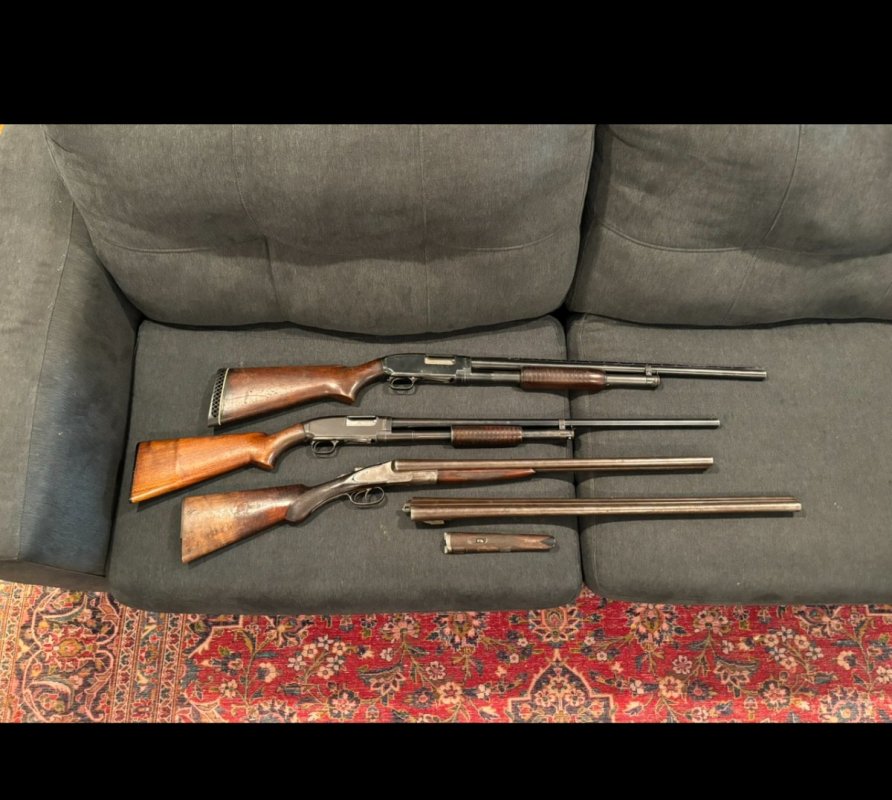Thats not always true! Think of gravity as always enacting force on the bullet. The drop at 50m is way less than 300m, that much is clear Im sure. Gravity has much more time to cause the bullet to drop over 300m than it does over 50m.
In the graph you posted, the shooter has zeroed to 200m, not 50.
http://www.loadammo.com/Topics/February02.htm
"For example, letâs look at the trajectory for the .223 Remington, shooting a 55-gr. bullet with a muzzle velocity of 3,600 f.p.s. The bullet coefficient is 0.237. The scope-mounted rifle is zeroed for 200 yds. The end range is set at 400 yd. and the trajectory range increment is 20 yds. If we were trying to dispatch a varmint that had a kill zone of 4 inches and we were using the .223 Remington as sighted in Fig. 2, the bullet would be within the 4 inch span (+/- 2 inches) from the muzzle to about 250 yds."
if the shooter had really zero'd their rifle to 50m, the bullet wouldnt have nearly that much arc on it, and it would be in the dirt at 200m.
This is exactly the misconception I am talking about.
You're losing me here man. With a 1.5-2" height gap from scope to bore, there is no physical way to make an arch touch only once on a 50m zero with 223/556 bullet velocities. The bullet is still travelling up relative to the aiming line, then drops back down, crossing the aiming line at 2 different points. BA's graph is spot on.
ETA - I'm seriously considering going to this. Never shot a 3 gun, only carbine matches.






